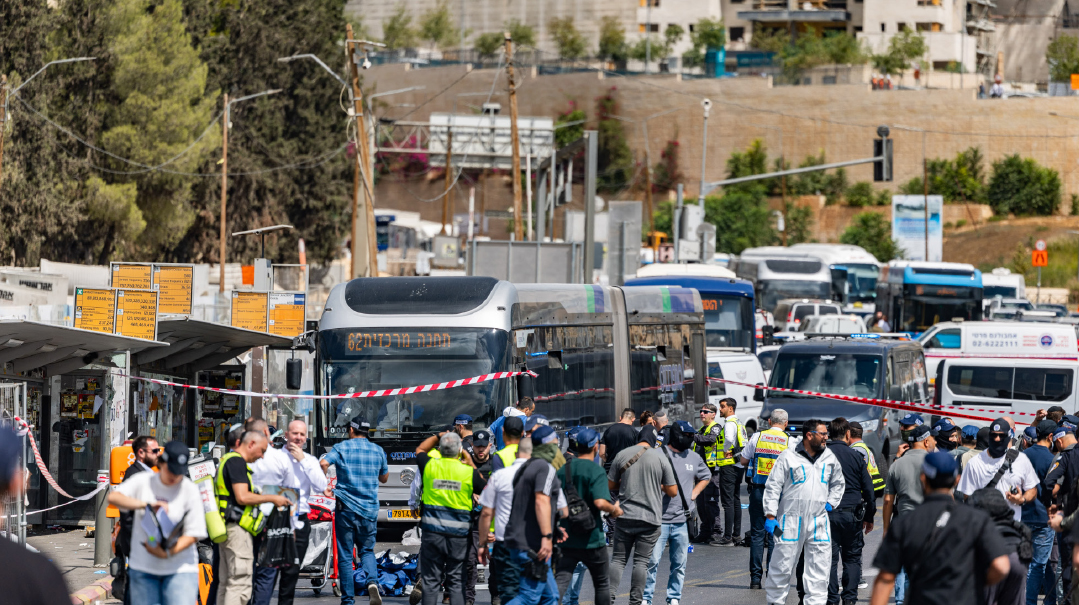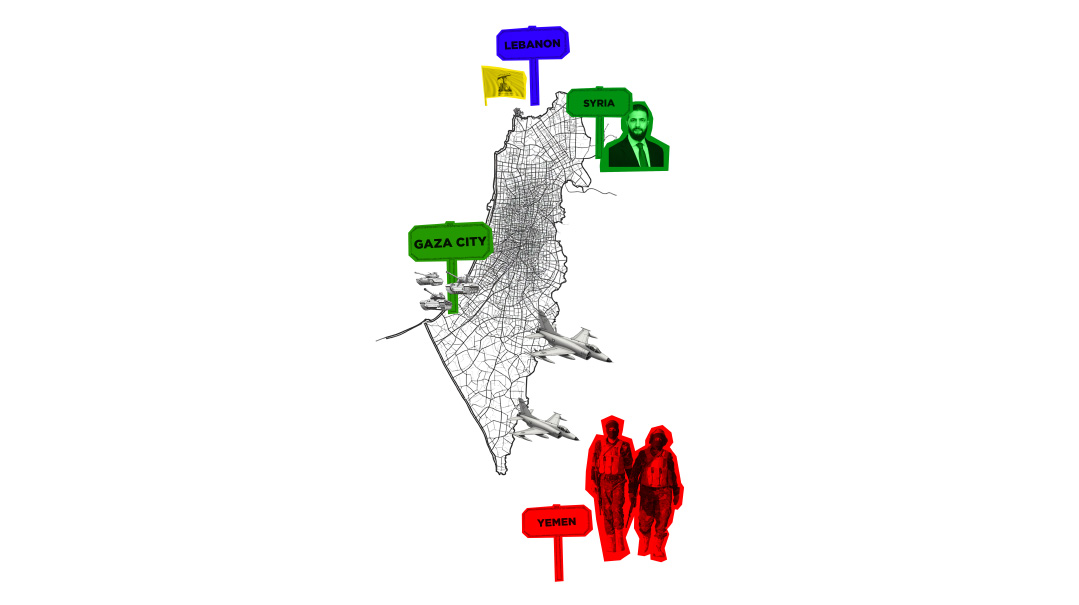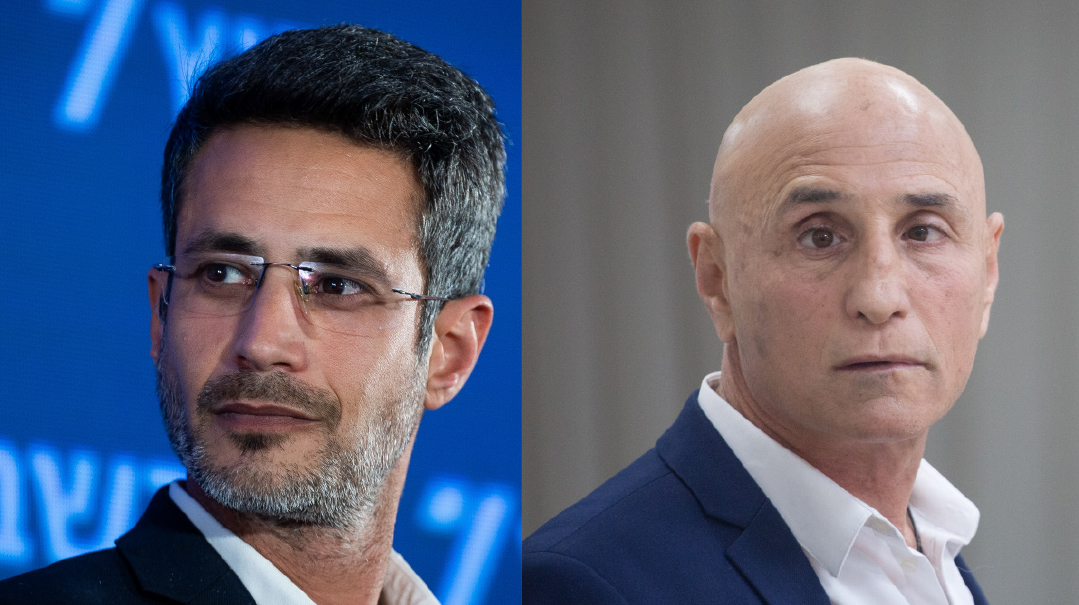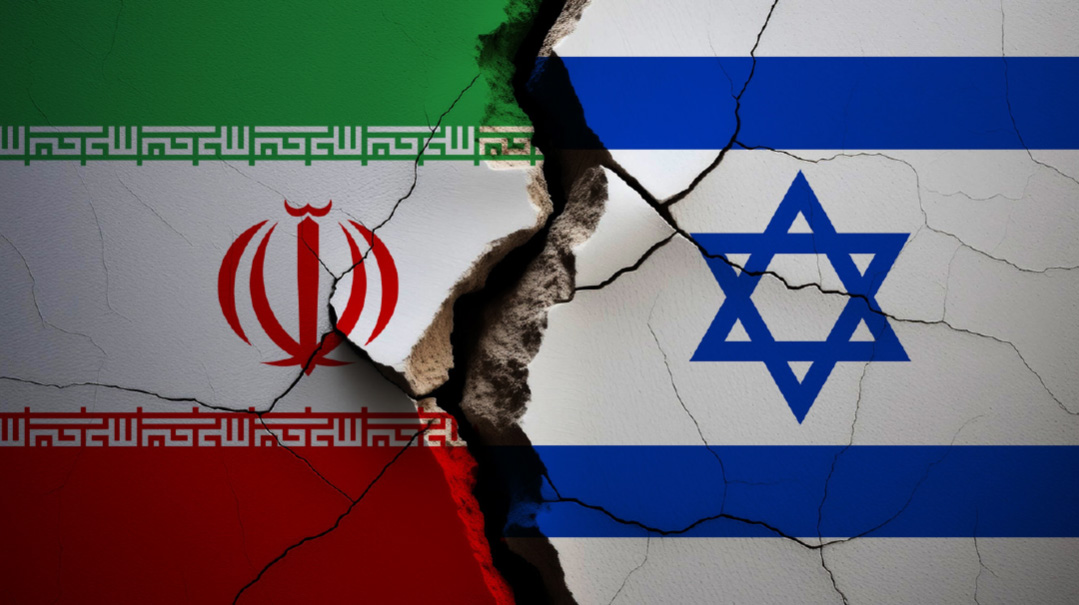Don’t Test Us

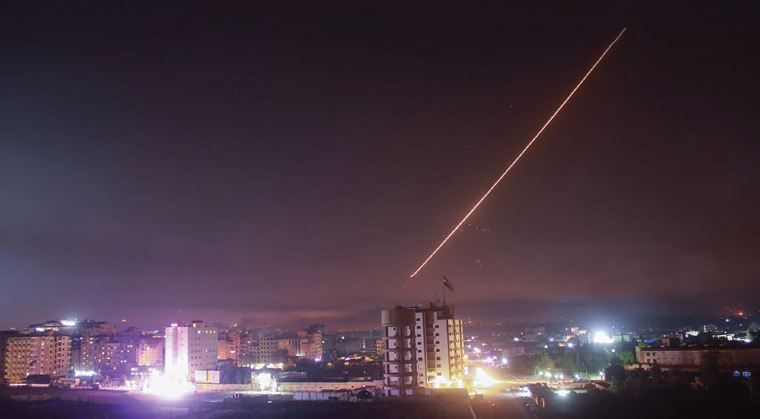
Security Detail
Last Friday, members of Israel’s army intelligence branch opened the pages of Asharq Al-Awsat, a pan-Arab daily published in London, and smiled.
The newspaper reported that Russia had warned Iran of an impending Israeli attack in Syria last Wednesday night. According to the dispatch, Russia’s deputy foreign minister, Sergey Ryabkov, had visited Tehran, where he informed his Iranian counterpart, Abbas Araghchi, of intelligence Russia had gathered during the visit of Prime Minister Netanyahu to Moscow.
According to Asharq Al-Awsat, after Ryabkov provided the information to Araghchi, an argument broke out between Iranian president Hassan Rouhani and Iran’s top general, Mohammed Bagheri, regarding Iran’s possible response to such an attack. Both men knew that firing missiles at Israel could have international consequences, especially vis-à-vis Iran’s work with European countries, Russia, and China on the nuclear agreement.
Other newspapers, like Al Akhbar, affiliated with Hezbollah, reported that Iran fired 60 missiles at IDF outposts in the Golan. Twenty of them had been shot down by Israel, Al Akhbar reported, but 40 others hit targets in Israel. The newspaper also reported that at one point, Russia, acting upon Israel’s request, asked the Iranian regime to stop firing at IDF outposts. According to the newspaper, despite the request, the fire at Israel continued.
After reading these various reports, members of the military intelligence team breathed a sigh of relief. From an intelligence point of view, the articles indicated that Iran considered the conflict — in which Israel hit dozens of Iranian targets and set back Iran’s plans in Syria by “months” — settled. There was no need for revenge: Israel had attacked, and Iran had retaliated. Further, the articles suggested that Israel was concealing the damage to its forces and the actual number of casualties.
Of course, the propaganda is a lie. The Iranian response failed completely: Out of 20 rockets fired from the area south of Damascus, four were intercepted by Iron Dome batteries, and the rest landed in Syrian territory. When Syrian antiaircraft batteries fired dozens of missiles at Israeli fighter planes, the IDF destroyed five of the batteries and seriously damaged Syrian air defenses.
So why would Iran start a skirmish that it knew might result in a massive Israeli counterattack?
The IDF believes that General Qassem Suleimani, the commander of the Revolutionary Forces of Al Quds, was under pressure to carry out an attack quickly, after several weapons stockpiles were destroyed by previous Israeli strikes. For the first time, the Israeli strikes also exposed a weapon that Iran intended to deploy in Syria: domestically produced antiaircraft missiles, with a range of 110 kilometers, that could be used against Israeli Air Force jets.
Army sources surmise that the current round of fighting in Syria is over. Iran will find it difficult to engage in a direct conflict with Israel while its antiaircraft and long-range missiles are not yet fully deployed, and most of its activities have been exposed to Israeli intelligence.
Iran’s diminished ability to inflict harm on Israel is also evident in the actions of Hezbollah, Iran’s terror proxy in Lebanon. Despite Hezbollah’s recent success in Lebanese elections, it is not eager to contribute its men to the Syria fight. Russia also isn’t keen on helping Iran, even though it has been a partner to the murderous campaigns that have benefited the Assad regime in Syria. There is certainly significance to the fact that Prime Minister Netanyahu returned from his visit to President Vladimir Putin in Moscow a few hours before the escalation in the north.
But Suleimani is described as a ruthless adversary who will quickly do his homework and devise new operational tactics. In any case, he is not likely to forgo his plans to settle scores in Syria over a few blows.
The Israeli army, on the other hand, is pleased thus far with Operation Checkmate, its plan to push Iran from Syria. Israel has operated in Syria exactly as it said it would. For months, the prime minister, defense minister, and chief of general staff have declared that they would not tolerate an Iranian military presence in Syria. The attack at the end of last week made good on that threat.
Trial by Fire
Despite the absolute boycott that the Palestinian Authority has cast on contacts with the United States, there are behind-the-scenes contacts on the security level. A short time before entering his new role as secretary of state, CIA head Mike Pompeo hosted Palestinian general Majed Faraj, head of the general intelligence network, in Washington. The PA is too reliant on American aid and security guidance to burn all the bridges.
The Israeli defense establishment has been working to defuse tensions on the Palestinian front. The primary risk for escalation is the large demonstrations that have been held along the Gaza border for the past seven weeks. The attempts to infiltrate Israel have declined, but what have risen drastically are the dispatch of explosive kites to the fields of kibbutzim and moshavim on the other side of the Gaza Strip.
To combat the threat, the IDF has been aided by volunteers who operate small, quick drones in the area. These drones have downed explosive kites by colliding with them or hooking them. The innovations, as usual, have been improvised at a breakneck pace. A career soldier with the rank of major suggested the colliding drones; the commander of a camp of the Gaza Brigade who fishes for a hobby suggested the hooking drone. (All the experimentation took an absurd turn when a right-wing citizen tried to send a retaliatory kite toward Gaza and mistakenly set a field on the Israeli side alight.)
Still, the military is gaining valuable experience with the new Palestinian tactic of sending masses of civilians to the border, under the guise of which dozens of young terrorists approach the fence to sabotage it and attempt to cross over into Israel.
A glance from the sniper station set up south of Karnei Shomron shows just how complex an operation this is. Between the barbed wire that the IDF laid out west of the fence, in the territory of the Strip, and the fence itself, there are just a few dozen meters. A mass charge into this buffer zone can take place in a matter of minutes, and over these past few weekends, improvised devices and hand grenades have been detonated.
The IDF has deployed brigade and company commanders at each conflict point, officers who personally approve sniper fire. The IDF has also invited foreign diplomats to the border to give them a military perspective on how things appear on the front lines, far away from their embassies in Tel Aviv.
(Originally featured in Mishpacha, Issue 710)
Oops! We could not locate your form.

